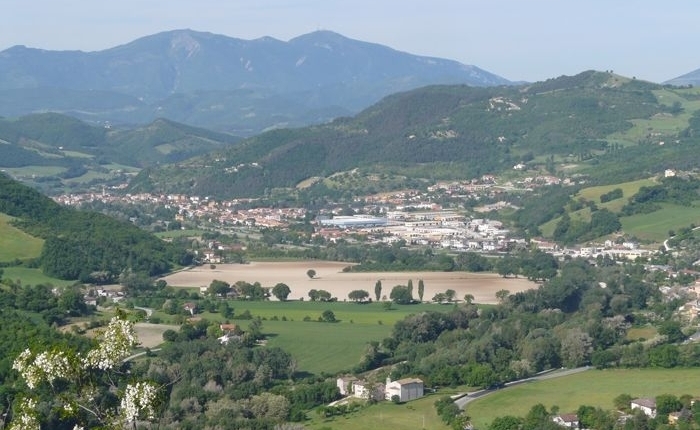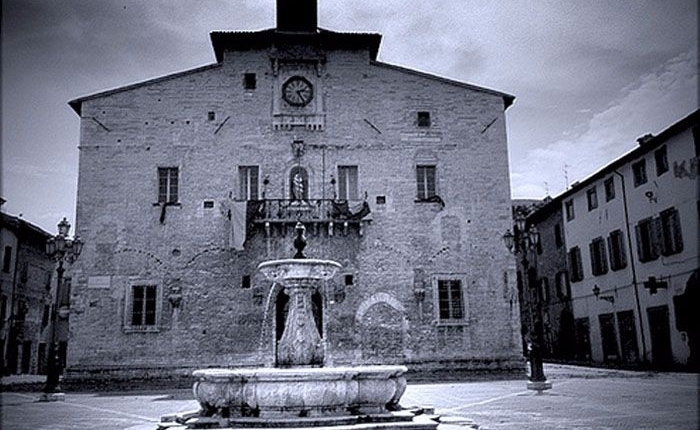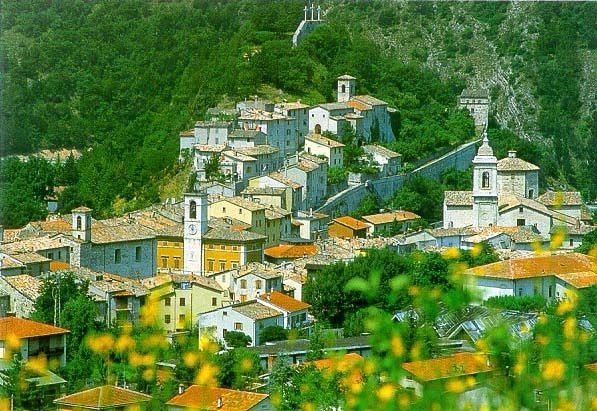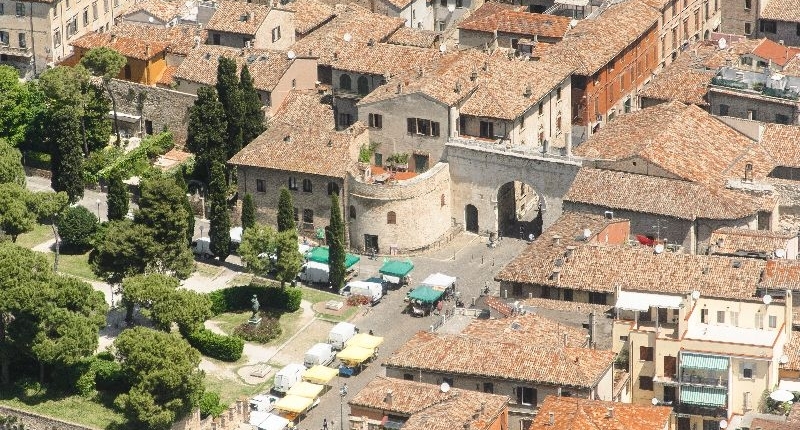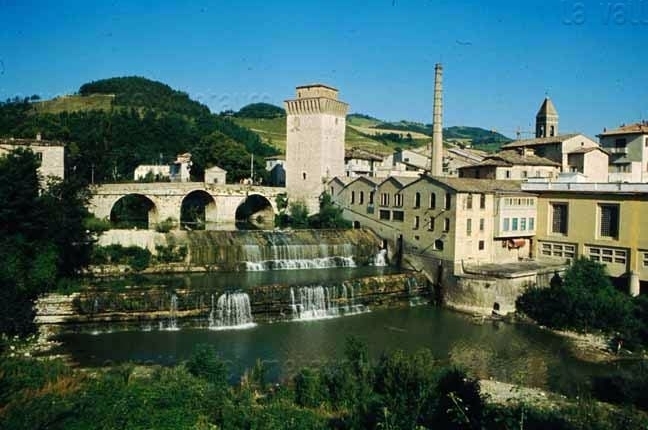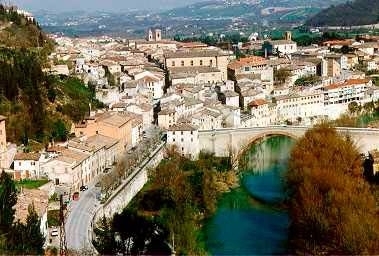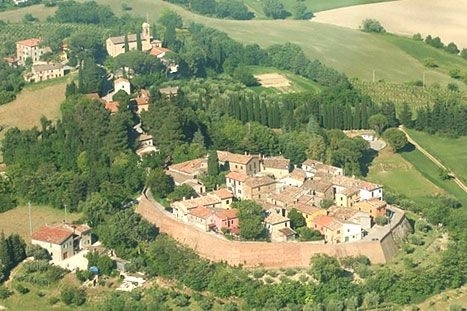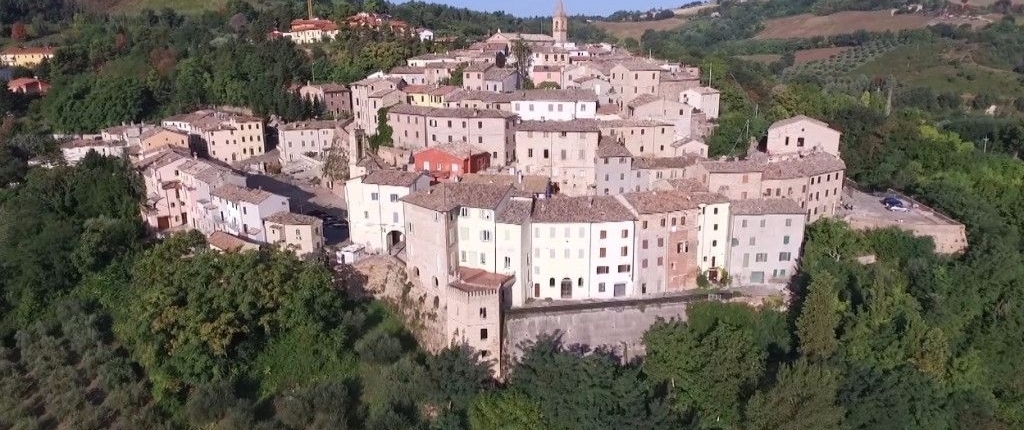FIND OUT THE PROJECT!
The Via Flaminia is a place where an intangible cultural patrimony has been collected thanks to the knowledge exchange inside local communities. The tangible cultural patrimony consists of many well-preserved archaeological evidences, still existing, linked with the consular roman route.
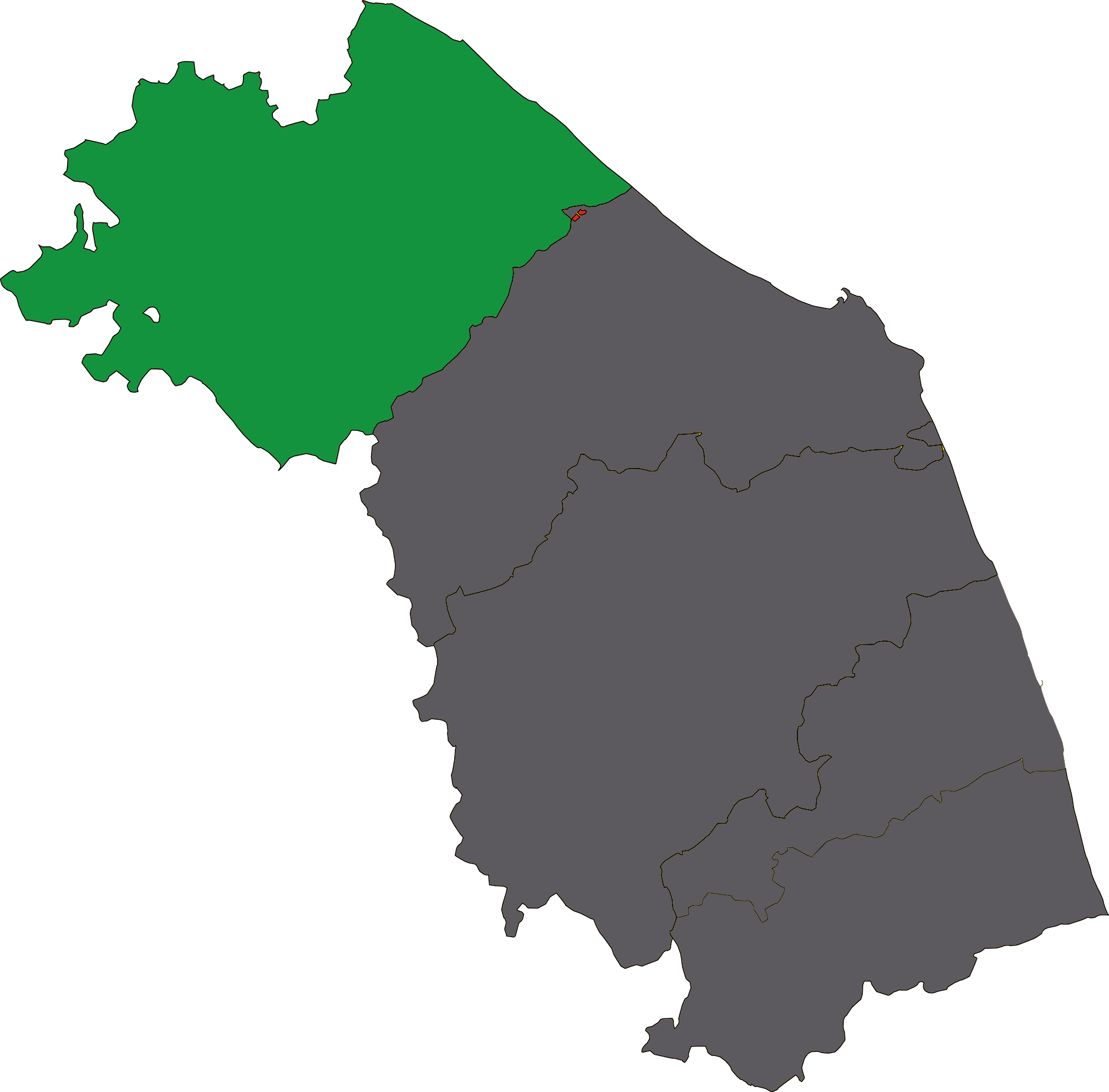
Fano
Acqualagna
Cagli
Fossombrone
Cantiano
Serrungarina
Fermignano
Saltara
Montefelcino

